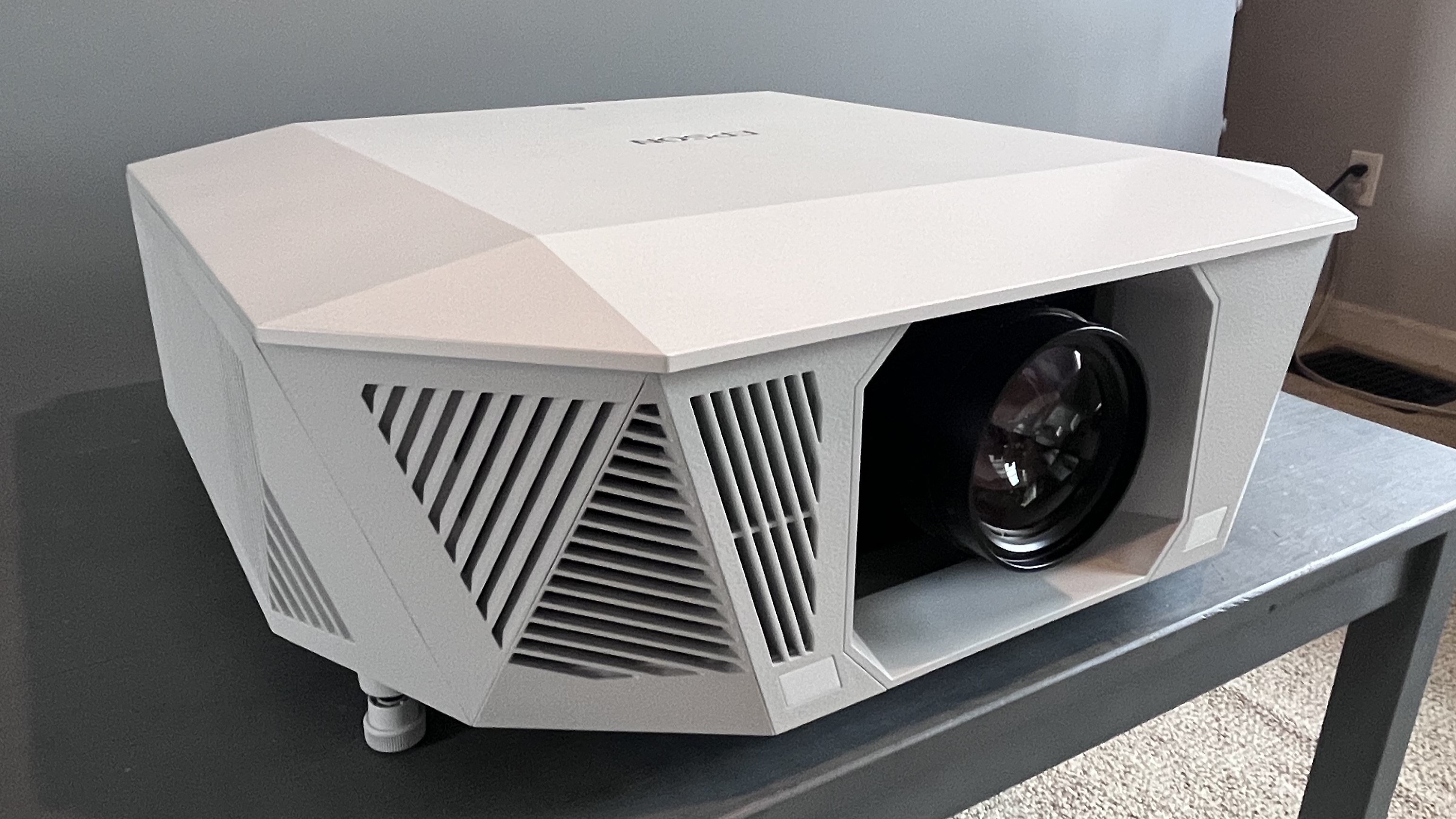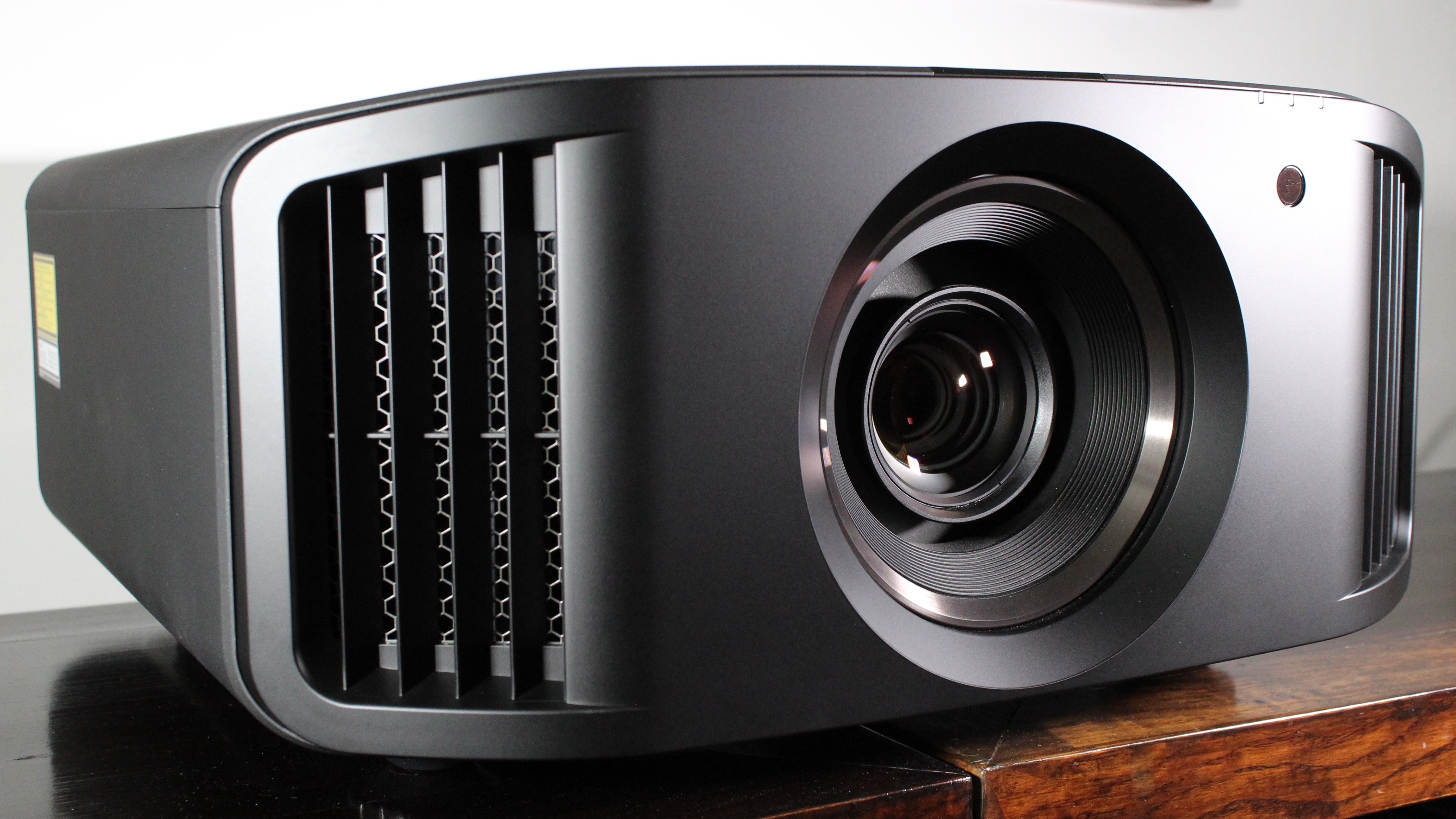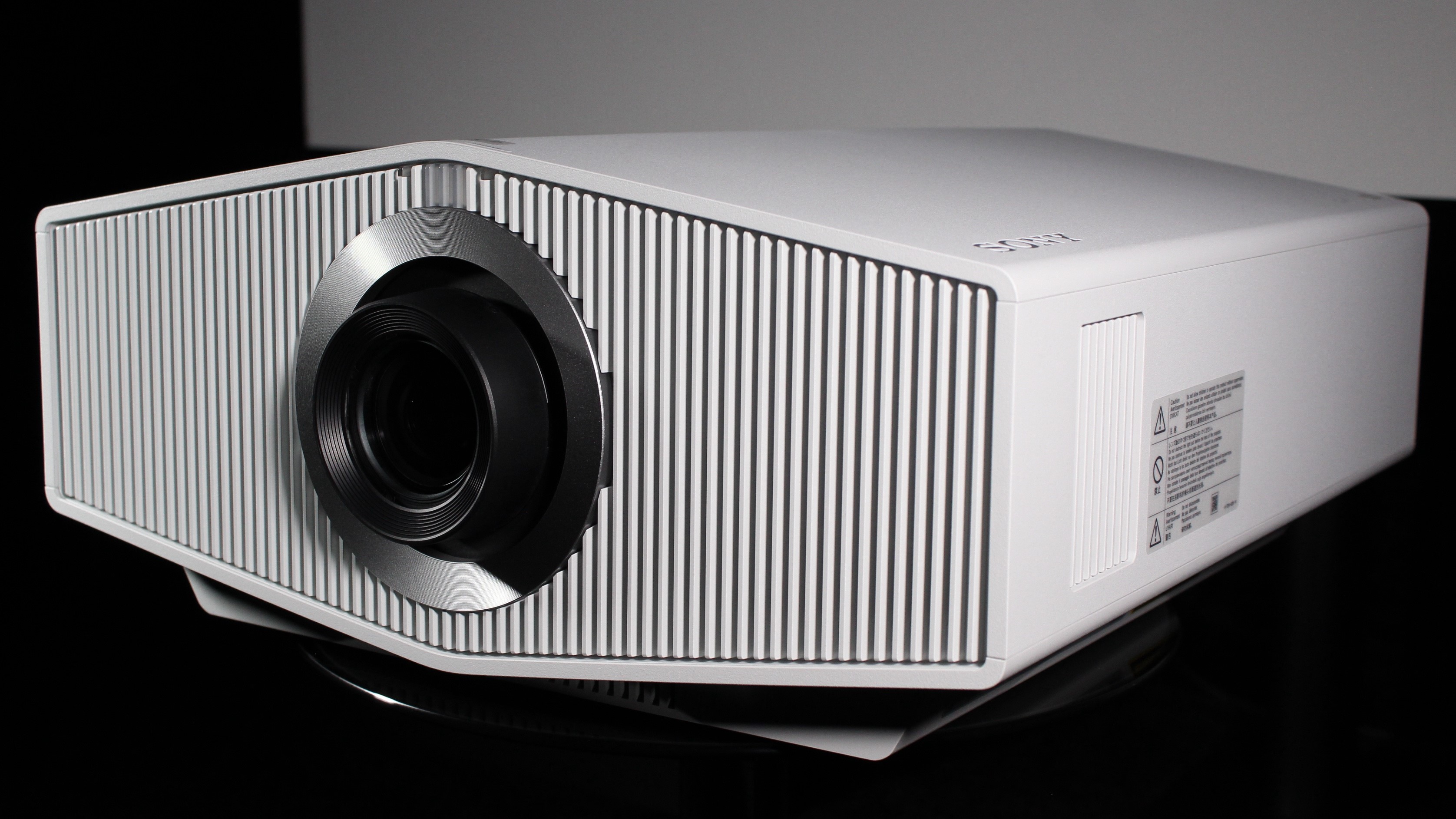Click here to visit Original posting
I recently had the opportunity to review the flagship model in the Epson’s new ‘Premium Residential’ Q Series of projectors, the QL7000. I had plenty to say in my Epson QL7000 review, but the highlight was undoubtedly its unmatched brightness.
You see, projectors generally provide low brightness compared to the best TVs, and any ambient room light will lessen the dynamic range of pictures, blunting the impact of highlights and raising black levels so that shadows end up lacking detail.
For most owners of the best projectors, watching a movie, TV news and sports means dimming the lights or darkening the room completely.
Home theater enthusiasts go to great lengths to create ‘blackout’ conditions for viewing, painting rooms a dark gray and adding treatments to walls and windows to prevent any stray light from reducing the contrast of the projected image.
Pricier examples of the best 4K projectors such as the JVC DLA-NZ800 and Sony Bravia Projector 8 top out at a relatively modest 2,700 lumens brightness.
The Epson QL7000, in contrast, has a specified 10,000 lumens brightness, a level that you typically see in professional projectors used for large entertainment venues.
Yes, the QL7000 is the brightest projector I’ve ever tested, and by a significant margin, with its projected image easily viewed in daylight. So surely it's a home run, right?
The benefits – and limits – of brightness

As I noted in my review, “Even when watching in a bright room with light streaming in from windows, the crisp, clear 4K image beamed by the QL7000 had a true window-on-reality quality.”
That’s not something I’ve ever come close to being able to say about any other projector I’ve tested, and the QL7000’s stunning brightness made watching the NBA basketball playoffs on the big screen an incredible treat.
Bright as it may be, the Epson QL7000's black levels and shadow detail came up short in my testing. Although the projector’s powerful brightness elevated its contrast ratio to 68,000:1 (with its laser light output set to 30%) – a great result – shadows lacked the inky quality you can get from top home theater projectors, and that ultimately made movie watching less satisfying than sports viewing.
I haven’t personally reviewed the JVC DLA-NZ800 projector mentioned above. But I have seen it, plus its even more expensive NZ900 big brother demonstrated at trade shows, and the deep, well-defined shadows both models deliver set a very high home theater projector bar.
In TechRadar’s JVC NZ800 review, this section struck me as particularly apt: “Moving on to HDR, the NZ800 proves to be a stellar performer, delivering all the specular highlights of the sun-bleached desert landscapes of Dune Part Two, pulling out every detail in shadows during the nighttime action of The Crow, and reproducing the rich and saturated colours of La La Land, helping to replicate the Technicolor musicals to which it pays homage.”
Of course, if you were to watch those same movies on the NZ800 in a bright room rather than the fully optimized, blacked-out conditions I experienced it in, the picture would quickly lose the powerful contrast that brought out detail in blacks, and made La La Land’s colorful costumes pop on the screen. And sports? Forget it.
Picking nits


Brightness isn’t everything when it comes to picture quality – contrast and black detail are equally important.
The recent DCI (Digital Cinema Initiatives, a motion picture and theater industry trade group) HDR specification calls for theater projection systems to provide a peak brightness of 300 nits. That level is substantially less than what the Epson QL7000 is capable of (I measured 1,005 nits on a 10% white HDR pattern in Natural mode with 100% laser light output setting, and 1,340 nits in Dynamic mode).
If a movie theater projection system were to meet the DCI specification (many don’t), it would provide around the same peak brightness as top home theater projectors from Sony and JVC. So, even with a projector designed for home, you’re getting an equally bright, and in many cases brighter, image than what you get in a movie theater.
But brightness isn’t everything when it comes to picture quality – contrast and black detail are equally important.
In an optimized home theater setting, fastidiously controlling the environment allows for the light emanating from the projector to be the only source of light hitting the screen, which maximizes black levels and perceived contrast.
This gives home projectors another leg up on theater projection systems, where contrast is necessarily limited by the mandatory lighted exit signs located near the front of the room.
The Epson QL7000's super-bright picture makes it an impressive projector that's uniquely suited for daytime viewing of sports. However, for movie fans, contrast and shadow detail are arguably of greater value when it comes to getting the best overall picture quality.
And, given the right viewing conditions, even a projector with an average brightness level can get you pretty close to perfection.